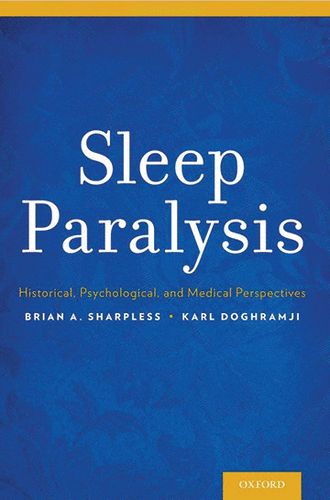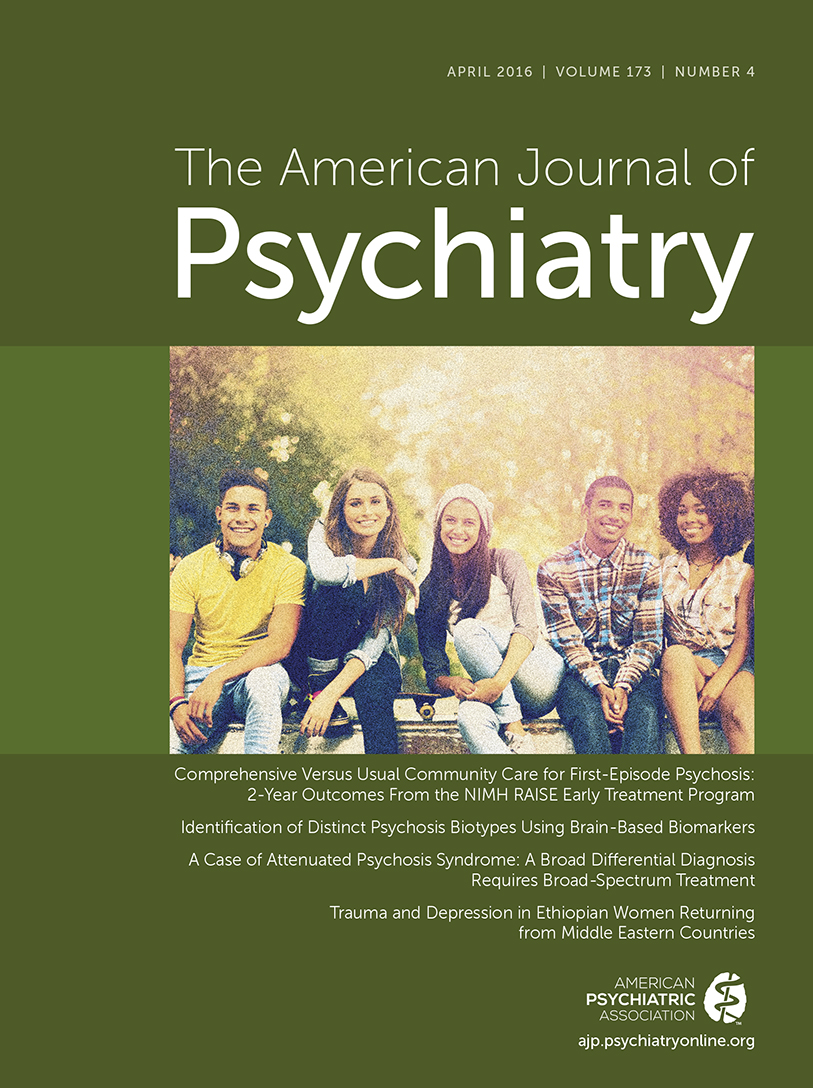Sleep Paralysis: Historical, Psychological, and Medical Perspectives

Everything connected with the phenomenon of sleep, is extremely obscure; and nothing on this subject appears to be more extraordinary, than the sudden transition from the sleeping to the waking state. Whatever it is which takes place at that moment in the brain, and in the whole system, takes place only partially in the Night-Mare. Is it very absurd to suppose that a part of the system may recover the waking state, while the brain, or some other part, remains asleep, for want of sufficient stimulus to rouse them?… It seems that the brain continues to present a succession of external impressions, and [is] conscious of internal ones?
—J. Waller (1816) (1)
This description from the early 19th century provides a prescient, and still largely accurate, description of “the night-mare”—a historical term for a particular type of sleep paralysis. Sleep Paralysis: Historical, Psychological, and Medical Perspectives is an accessible and authoritative treatise, made all the more compelling and comprehensive by the inclusion of historical, cultural, and philosophical perspectives. Briefly, sleep paralysis is an experience, just before falling asleep or just after awakening, of being unable to move (except for the eyes). This paralysis is usually accompanied by fear and may also include hallucinations (visual, auditory, and sensory) and feelings of chest pressure or difficulty breathing. This combination of intense emotion and experience has understandably been described in dramatic and supernatural terms across the centuries. As described in the quote, sleep paralysis is a transient state between sleep and waking, with an incomplete separation of sleep-related paralysis and a waking awareness of the external environment. Sleep paralysis episodes have been attributed to malicious spirits (classically, the incubus or succubus), to witches (as seen in testimony from the Salem trials), and even to vampires and werewolves.
In clinical practice, the phenomenon of sleep paralysis is probably best known as part of the tetrad of narcolepsy and is probably most familiar to sleep medicine physicians. However, sleep paralysis can also occur as an isolated phenomenon (isolated sleep paralysis) and may occur in more than 30% of psychiatric patients (p. 96). Although this volume is most likely to find its way into the libraries of sleep clinicians, the prevalence of this condition and its relationship to psychiatric symptoms, particularly panic, should encourage many psychiatrists to read this accessible and well-written volume.
After the first two introductory chapters, the book is divided roughly into four sections. The first includes descriptions and perspectives of sleep paralysis from history, folklore and mythology, the arts, and early medicine (chapters 3–5). Although these chapters are unusual for a medical text, they add a color and depth to the reader’s understanding of this fascinating sleep phenomenon.
The second section defines the current state of knowledge on sleep paralysis symptoms (chapter 6), prevalence (chapter 7), comorbidity and risk factors (chapters 8–9), and etiology and pathophysiology (chapter 10). Challenges and limitations of current diagnostic schema, as well as proposed subtypes, are covered in chapter 11. Measures for assessing sleep paralysis and differential diagnosis are specifically addressed in chapters 12–13.
In the third section, the book concludes with chapters summarizing the current evidence for treatment, starting with folk remedies (chapter 14). The chapters on psychosocial (chapter 15) and pharmacological (chapter 16) approaches are embarrassingly brief in light of the mere handful of controlled trials of isolated sleep paralysis treatment. However, the authors present these limitations pragmatically and focus instead on directions for future research (chapter 17).
The fourth section, included as appendices, warrants full inclusion as providing major substance to the book. This section includes the authors’ semistructured interview to facilitate diagnosis (appendix B) and their brief manualized adaptation of cognitive-behavioral therapy (CBT) for treating sleep paralysis, including adherence measures (appendices C and D). Their attempt at a psychosocial intervention for isolated sleep paralysis incorporates elements of CBT for insomnia and more traditional CBT, with strong parallels to CBT for panic disorder.
Drs. Sharpless and Doghramji are clearly experts in the diagnosis and treatment of sleep-related phenomena, and in writing this volume they have likely established what will likely become the definitive work on this perhaps underrecognized and poorly understood disorder. The volume is remarkable not only for its comprehensive description of what is known about sleep paralysis but for clearly defining what is not yet known. This lays the groundwork for what needs to be addressed and defined, including pharmacological and psychotherapeutic treatment approaches, basic neurobiology and pathophysiology, comorbidities, and how sleep paralysis fits within the spectrum of other sleep disorders.
1 : A Treatise on the Incubus, Or, Night-Mare, Disturbed Sleep, Terrific Dreams, and Nocturnal Visions. London, 1816Google Scholar



